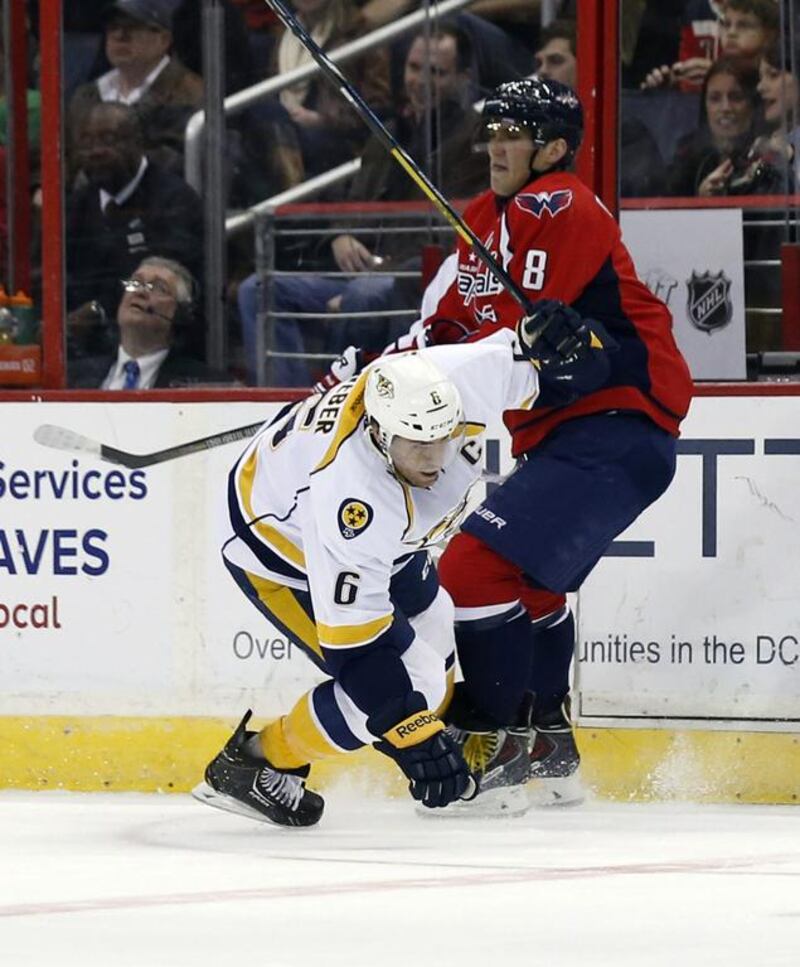When Shea Weber returned to the ice for the Nashville Predators on Saturday after suffering a frightening eye injury, he was wearing a visor in an NHL game for the first time.
Funny how that works. Veteran players who choose not to attach the protective shield to their helmets somehow are enlightened only after taking an errant stick or puck to the face. They just don’t see it, until they literally don’t see.
“I’m lucky it wasn’t worse,” Weber told the Nashville Tennessean newspaper of his injury, which left him sightless in his right eye until the morning after the November 28 game.
Last summer, the NHL Players Association agreed to a mandatory visor policy. The mandatory part refers only to players who have fewer than 25 games in the NHL. Veterans can still opt out of the safety measure.
Most players have competed with visors in other leagues, on their way up to the NHL, which explains why three-quarters of them were already protecting their eyes before the rule passed.
Marc Staal, though, wasn’t one of them, at least until the retina in his right eye was torn and the orbital bone broken by a deflected puck last March. The New York Rangers defenceman’s sight wasn’t normal again until the summer. This season, Staal sports a visor.
He told Yahoo Sports he remembered lying on the ice, clutching his face, feeling “stupid” for not wearing the shield. As Weber can attest, it’s an NHL tradition – learning the hard way.
sports@thenational.ae





